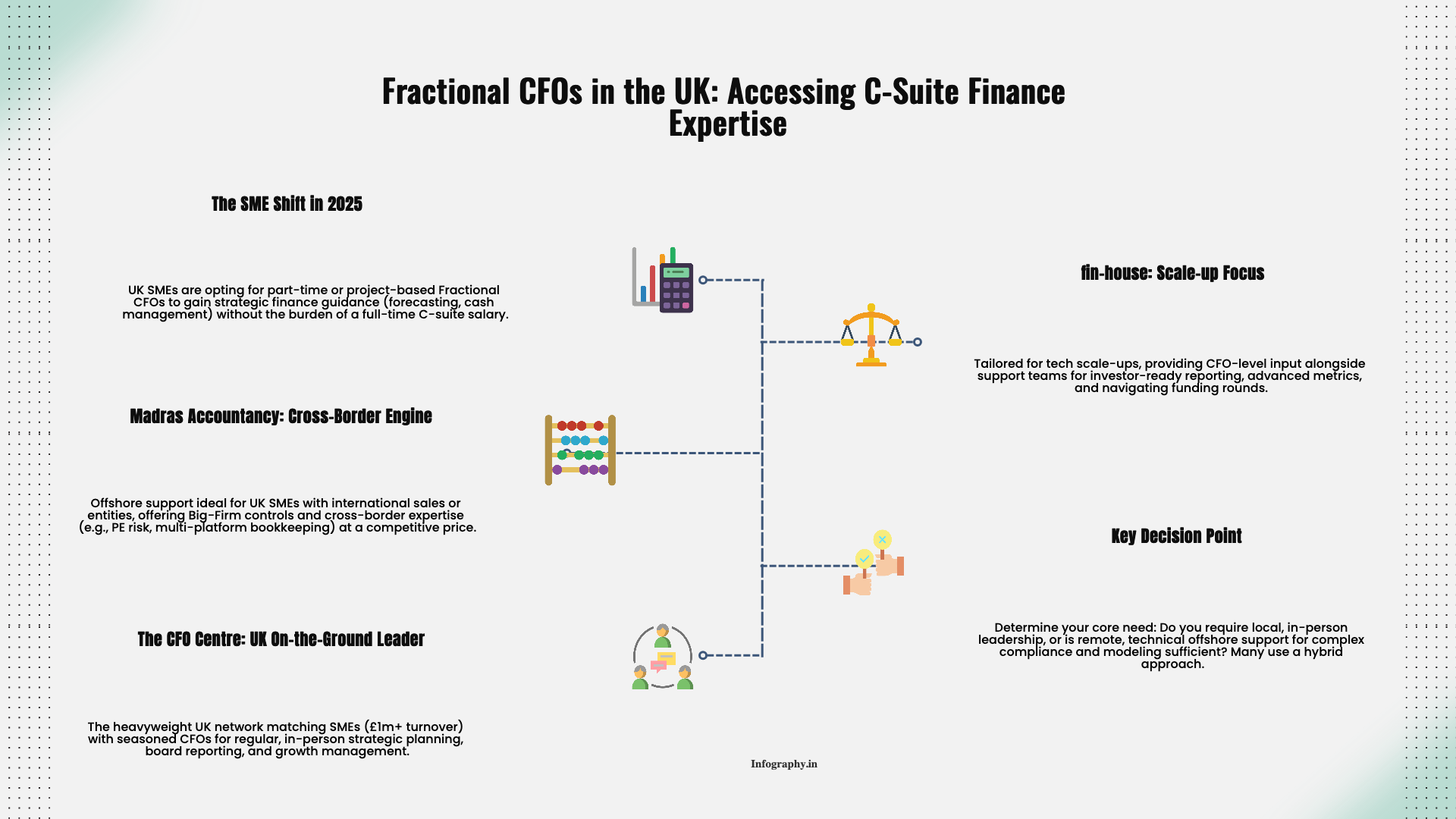Real estate joint ventures (JVs) bring together money, skills, and opportunities. One partner may contribute capital, another construction expertise, another access to deals. That combination can accelerate growth—but only if everyone shares a common picture of the finances.
When accounting is vague, partners start to fill in the gaps with their own assumptions. Over time, that erodes trust. Clear, consistent financial tracking is one of the easiest ways to keep joint ventures stable and focused on the properties instead of disagreements.
Before a JV buys anything, partners should agree on what each person is contributing and how those contributions are valued. This goes beyond cash.
Common contribution types include:
Putting realistic dollar values on non-cash contributions and recording them in capital accounts helps avoid later arguments about who "really" put in what. An operating agreement that spells out how contributions affect ownership percentages and profit allocations provides the framework.
Mixing JV income and expenses with personal or other business accounts makes it nearly impossible to reconstruct what happened later. A basic best practice is to:
When a partner pays a JV expense personally, reimbursements should flow through the JV account with supporting documentation, not linger as vague "I owe you" notes.
Partners often assume that cash distributions from the JV mirror taxable profit. That is not always the case. Two distinct concepts are at work:
A joint venture can allocate profit to partners even in years when cash is mostly retained for reserves or capital projects. Conversely, it can distribute cash that reflects prior-period refinancing proceeds or return of capital without matching current-year profit.
Explaining this distinction early—and revisiting it during distributions—helps partners understand why a K-1 shows income even if they did not receive a check that year.
Many JVs use preferred returns or waterfall structures to align incentives among capital partners and operators. A typical pattern might be:
Accounting for these tiers requires careful tracking of:
Spreadsheets or software built for real estate waterfalls can help, but the key is to document the logic and share summaries with partners so they can see how amounts were determined.
Even basic, recurring reports can go a long way toward keeping everyone aligned. Many successful JVs share:
When partners see these on a predictable schedule, they spend less time worrying about what they are not being told and more time discussing strategy.
Every joint venture ends at some point—through a sale, a buyout, or a restructuring. Building a clear exit framework into the accounting and legal documents up front reduces friction when that time comes.
Useful elements include:
When exit math is treated as an extension of the same accounting logic used throughout the JV, partners are less likely to feel surprised or disadvantaged at the end.
In short, joint venture accounting is not about adding complexity for its own sake. It is about creating a shared, transparent picture of where money came from, where it went, and how results are divided. That clarity is often the difference between partnerships that last and those that fracture under the weight of avoidable misunderstandings. For more on choosing real estate investment structures and exit planning, see our guides.
.png)
December 9, 2025
A straight-talking overview of five small business tax prep options in 2025, including Madras Accountancy, TurboTax, H&R Block, TaxSlayer, and Bench’s books-plus-tax model.

December 9, 2025
An on-the-ground guide to the UK’s fractional CFO ecosystem – London and beyond – including The CFO Centre, fin-house, FD Capital, BKL, BSmart, and how Madras Accountancy fits into cross-border and hybrid models.